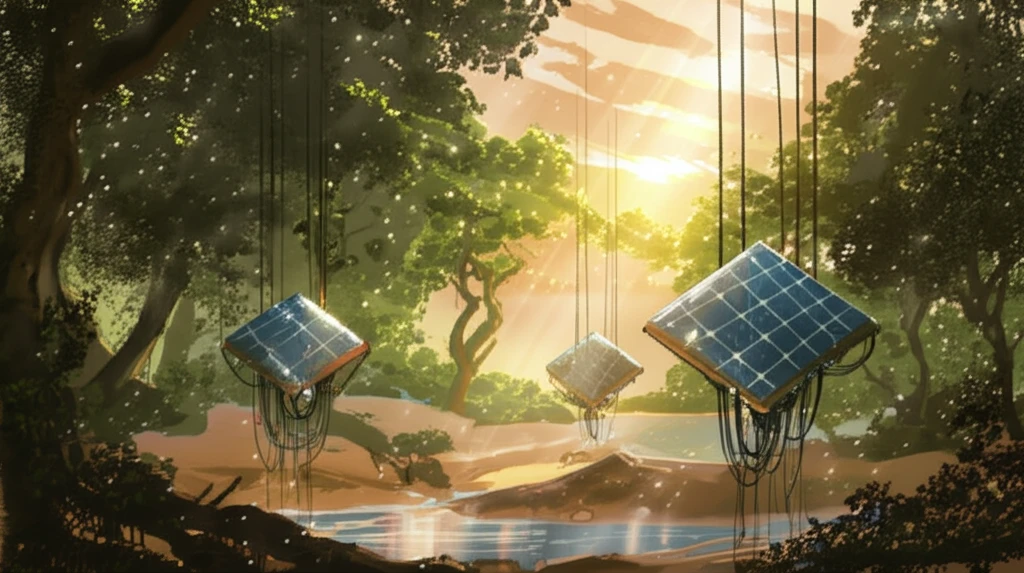
Harnessing the Sun: How a New Coating Tech Could Solve the Water Crisis
"A simple and scalable strategy deposits polypyrrole on various materials, paving the way for efficient and sustainable solar-driven evaporation."
Water scarcity is an escalating global crisis, exacerbated by rapid economic development and population growth. Millions lack access to safe drinking water, underscoring the urgent need for sustainable solutions. Solar-driven evaporation has emerged as a promising strategy, leveraging the sun's inexhaustible energy to purify water in an eco-friendly manner.
However, the efficiency of natural solar evaporation is limited by the poor light-harvesting capabilities of water. To overcome this, scientists have been exploring photothermal materials that can capture sunlight and convert it into heat, accelerating the evaporation process. Among these materials, polypyrrole (PPy), a conductive polymer, has shown great potential due to its excellent light absorption properties.
Recent research introduces a novel and scalable strategy called chemical vapor deposition polymerization (CVDP) to deposit a dark PPy coating layer onto various substrates. This coating enhances light absorption, leading to efficient solar-driven interfacial water evaporation. This innovative approach holds promise for widespread applications in sustainable clean water production.
CVDP: A Game-Changing Technique for Water Purification

The core of this breakthrough lies in the CVDP method, which allows for the in-situ deposition of a PPy coating layer on various materials. In this process, the substrate is immersed in a solution of FeCl3 (ferric chloride) and then exposed to pyrrole monomers in a closed container at a controlled temperature. Over a short period, a dark PPy layer forms on the substrate, creating a photothermal membrane.
- Versatility: CVDP can be applied to both conductive and non-conductive substrates, expanding the range of materials that can be used for photothermal membranes.
- Eco-Friendliness: Unlike liquid-phase reactions, CVDP uses pyrrole vapor directly, minimizing liquid waste generation.
- Mild Conditions: PPy deposition occurs even at room temperature, thanks to the high vapor pressure of pyrrole.
- Low Dosage: Only a small amount of pyrrole is needed to coat a large surface area.
A Sustainable Future Through Innovative Materials
This research presents a significant step forward in addressing the global water crisis. The facile and general CVDP strategy for PPy deposition offers a promising pathway to fabricate high-performance photothermal membranes for sustainable clean water production. By harnessing the power of the sun and utilizing innovative materials, we can pave the way for a more water-secure future.
